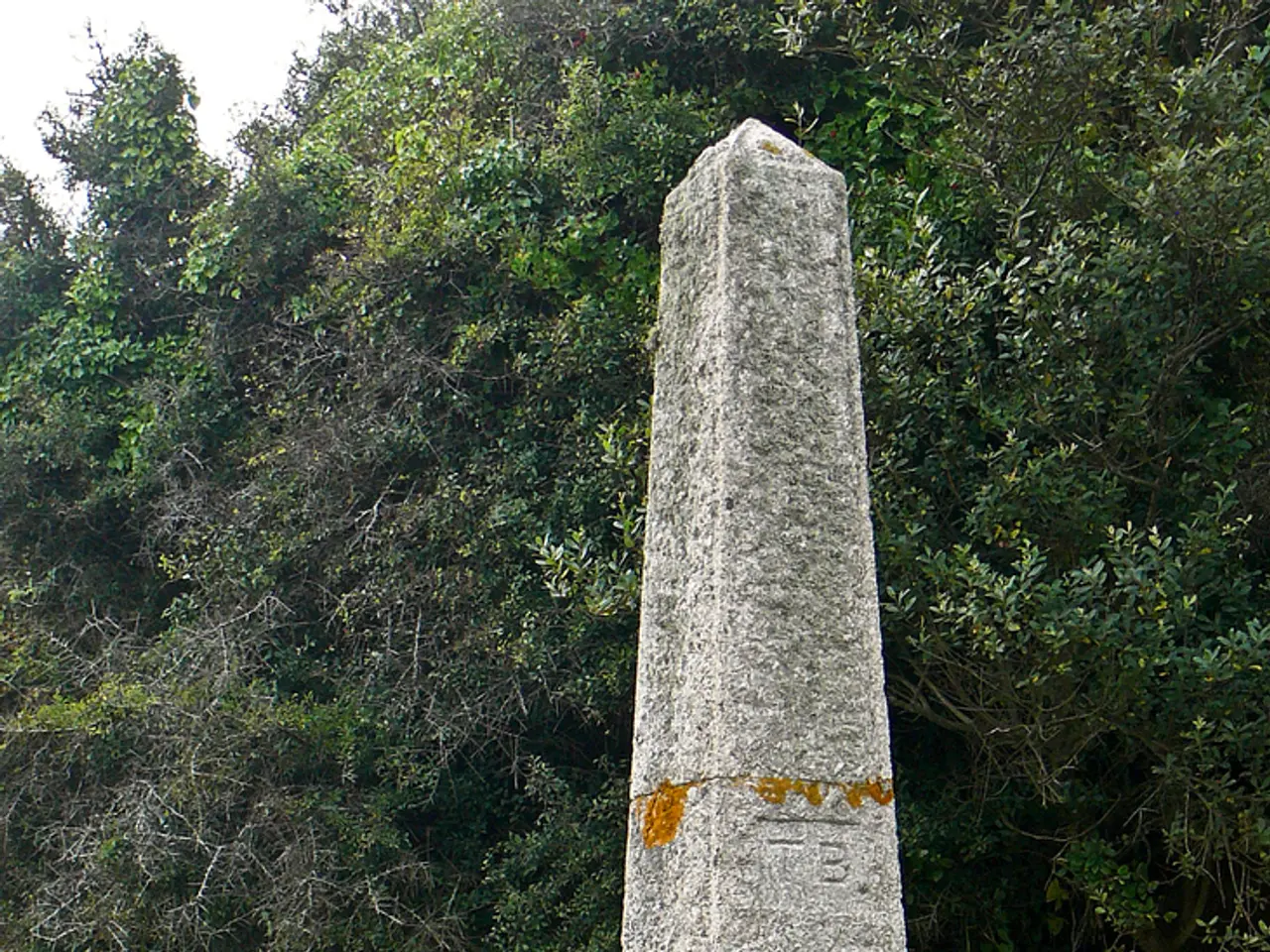Ancient Stone Circles of the Outer Hebrides: The Callanish Megaliths
Nestled on the windswept hill of Scotland's Isle of Lewis lies one of the country's most iconic Neolithic monuments – the Callanish Stones. Built around 2900–2600 BCE during the late Neolithic period, these enigmatic stones have stood the test of time for approximately 5,000 years[1][2].
While the exact purpose of the Callanish Stones remains a subject of intrigue, archaeologists propose several theories. One theory suggests that the stones served as a site for seasonal gatherings and rituals, rather than as a shelter or defence[2]. Another theory posits that the stones were aligned with other important Neolithic sites and natural phenomena, potentially functioning as an astronomical observatory to track lunar or solar events[4][5].
The Callanish Stones were carefully arranged in a complex pattern around a central stone, indicating significant communal effort to quarry, transport, and erect the large standing stones[1][2]. This elaborate construction required sophisticated knowledge of engineering and astronomy for their precise alignments.
The stones were likely used for ritual ceremonies possibly related to seasonal changes or lunar cycles, supported by alignments with the lunar standstill, a notable natural phenomenon marked by the site every 18.6 years[4]. They also served as a venue for social or community gatherings tied to spiritual or agricultural calendars, hinting at an important communal function[2].
As Neolithic cultures evolved or declined, the stones were likely abandoned, leaving behind a mysterious but majestic monument that continues to captivate and inspire today[1][2][4][5]. The site remains a focus of modern archaeological research and heritage investment, including an ongoing £10.1 million project aimed at enhancing visitor experience and community engagement[3][4].
Visitors to the Callanish Stones can explore the information centre and gift shop, and often find themselves with the stones all to themselves, especially early in the morning or at the end of the day. The scattered stones appear to form a Celtic cross, and the site is associated with legends about giants being turned to stone and a mysterious figure, "the shining one," roaming the stone avenues at midsummer dawn.
While the true purpose of the Callanish Stones and the rituals performed around them remain unknown, their enduring cultural significance is evident. Unlike Stonehenge, which has been roped off and littered with tourists in recent years, the Callanish Stones offer a serene and uninterrupted experience for those seeking to delve into Scotland's ancient past.
Retracing the footsteps of our ancestors, one can envision the Callanish Stones as a meeting place for home-and-garden gatherings alongside ritual ceremonies during Neolithic times. Today, the lifestyle of the past embraces the present, immersing visitors in a unique home-and-garden ambiance as they stroll among the ancient stones and enjoy the tranquil atmosphere surrounding this 5,000-year-old monument.




